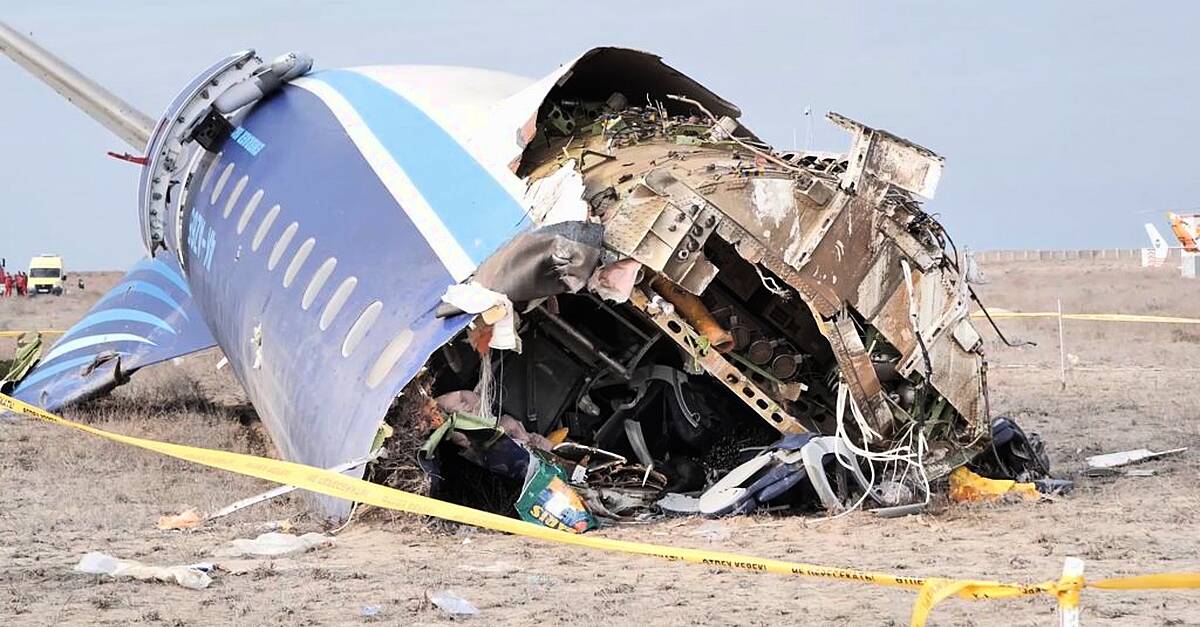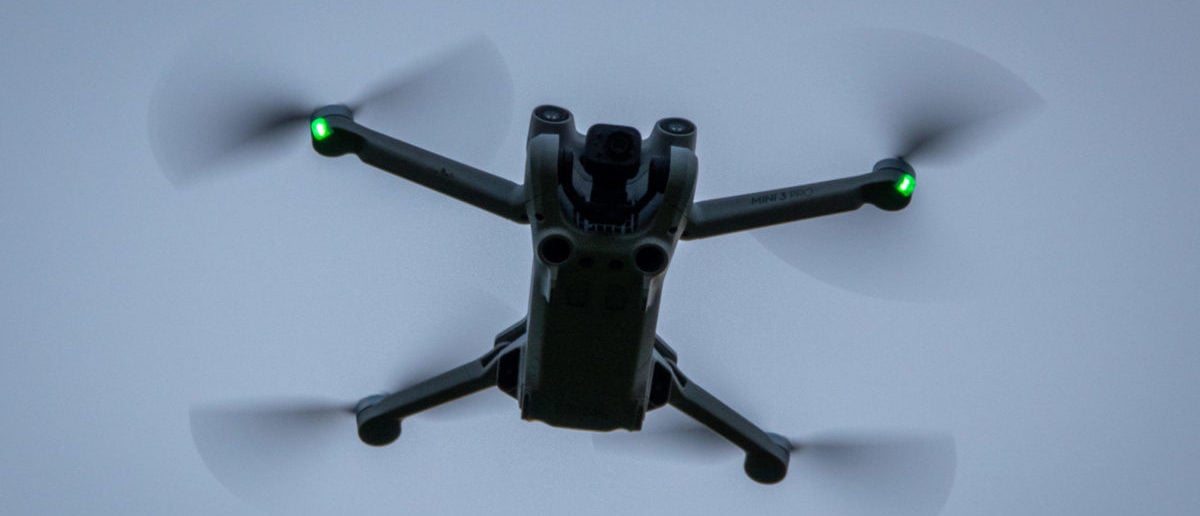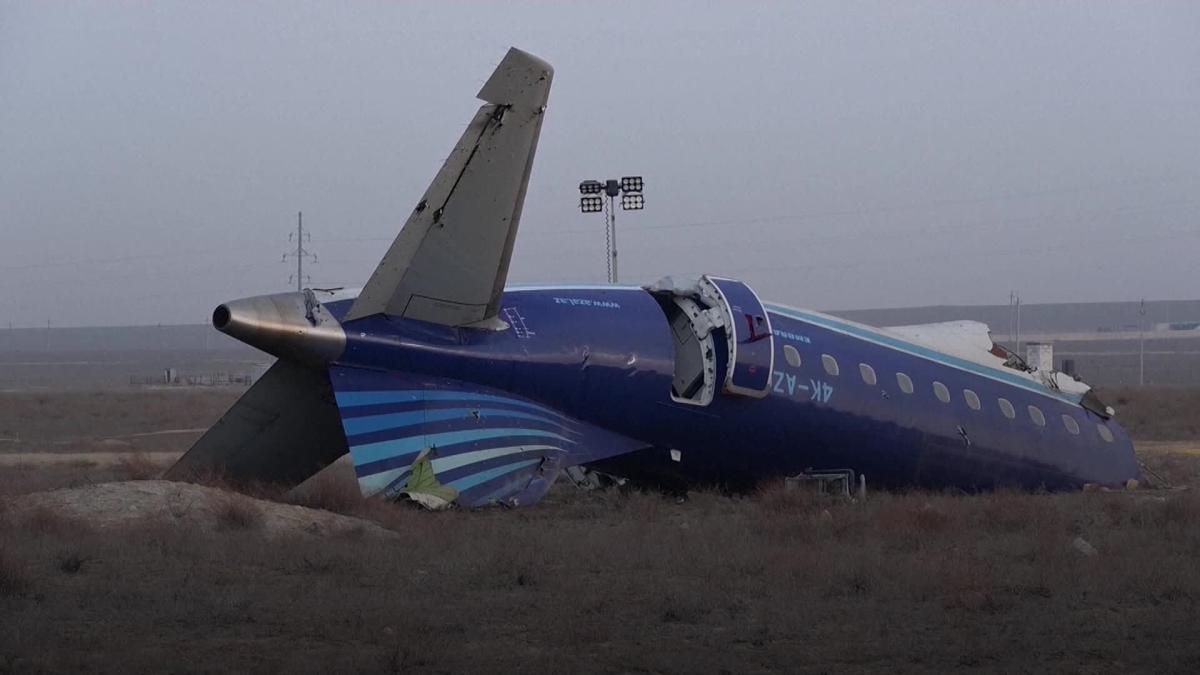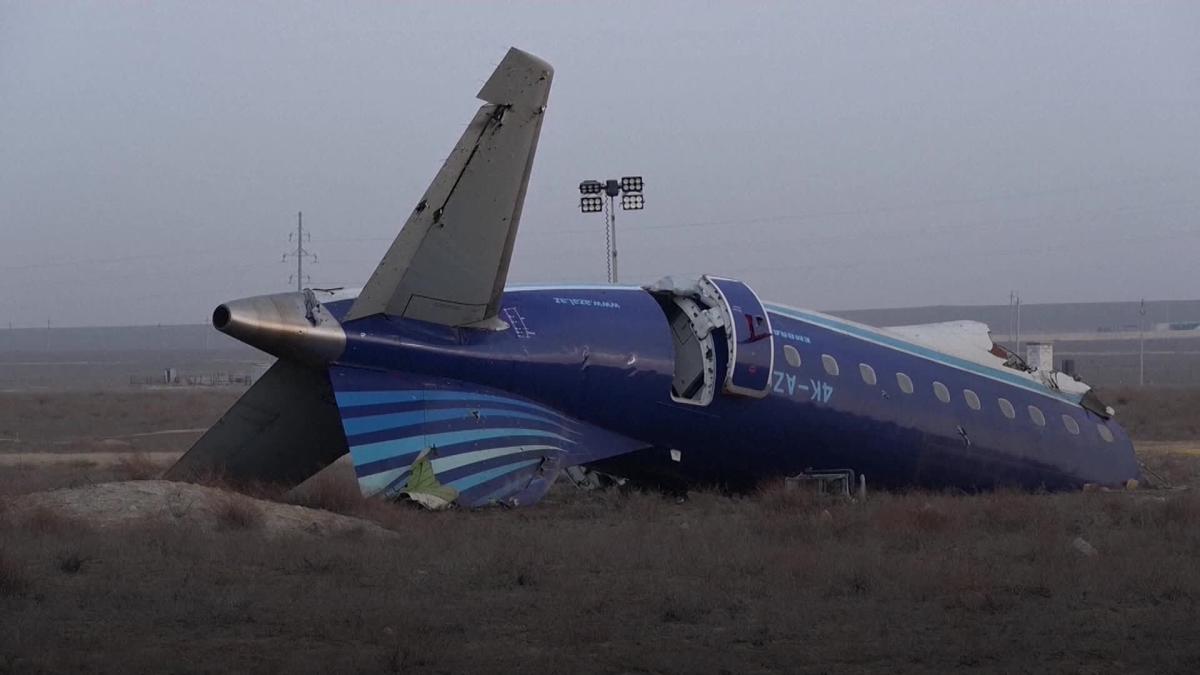Drone crash: It’s a phrase that conjures images of whirling blades, sudden descents, and potential damage. But understanding the causes, prevention, and consequences of drone crashes is crucial for both recreational and professional pilots. This guide explores the multifaceted world of drone accidents, from mechanical malfunctions to pilot error, offering practical advice and insights to improve safety and mitigate risks.
We’ll delve into the common reasons why drones fall from the sky, examining everything from faulty components and software glitches to the impact of weather and GPS interference. We’ll also cover strategies for preventing crashes, including pre-flight checks, emergency procedures, and effective pilot training. Finally, we’ll discuss the legal and practical implications of drone crashes, helping you understand your responsibilities and how to handle an accident should one occur.
Drone Crash Causes
Understanding why drones crash is crucial for preventing future incidents. Several factors contribute, ranging from mechanical issues to pilot error and environmental conditions. Let’s explore the most common causes.
Mechanical Failures
Mechanical failures are a significant contributor to drone crashes. These can include motor malfunctions (e.g., burnt-out motors, propeller damage), issues with the electronic speed controllers (ESCs), gimbal problems affecting camera stability, and battery failures (e.g., low voltage, short circuits). Regular maintenance and pre-flight checks are essential to mitigate these risks.
Software Glitches
Software bugs and glitches in the drone’s firmware can lead to unpredictable behavior and crashes. These glitches can manifest as erratic flight patterns, loss of control, or unexpected shutdowns. Keeping the drone’s firmware updated is crucial to minimize the impact of software-related issues.
Human Error
Pilot error is frequently the primary cause of drone crashes. This encompasses a wide range of issues, including lack of proper training, insufficient pre-flight planning, ignoring weather warnings, exceeding the drone’s operational limits, and poor decision-making during flight. Experienced pilots consistently demonstrate better judgment and responsiveness to unexpected situations.
Environmental Factors

Environmental conditions significantly impact drone stability and safety. Strong winds can easily overwhelm smaller drones, causing them to lose control and crash. Heavy rain can short-circuit electronics, while extreme temperatures (both hot and cold) can affect battery performance and other components. Pilots must always be aware of and adapt to prevailing weather conditions.
GPS Signal Loss or Interference, Drone crash
GPS signal loss or interference can lead to navigation problems and crashes. Obstructions like buildings, trees, or even strong electromagnetic interference can disrupt the GPS signal, causing the drone to lose its position awareness and potentially crash. Flying in areas with strong GPS signals is paramount for safe operation.
Drone Crash Prevention Strategies

Proactive measures are key to preventing drone crashes. A combination of thorough pre-flight checks, adherence to safety guidelines, and continuous pilot training significantly reduces the risk.
Pre-Flight Checklist
A comprehensive pre-flight checklist should be followed religiously before every flight. This includes verifying battery levels, inspecting propellers and motors for damage, checking GPS signal strength, calibrating sensors, reviewing the flight plan, and confirming the surrounding airspace is clear. A standardized checklist ensures nothing is overlooked.
Emergency Procedures
Knowing how to handle emergencies is critical. A step-by-step guide should Artikel procedures for situations such as low battery warnings, GPS signal loss, unexpected wind gusts, and complete loss of control. Practice these procedures in a safe environment to build muscle memory.
Selecting Flight Locations
Choosing the right flight location is vital. Avoid areas with obstacles, heavy wind, or significant electromagnetic interference. Always check local regulations and airspace restrictions before flying. Open spaces away from populated areas are generally preferred for practice and recreational flights.
Safety Features and Technologies
Modern drones often incorporate safety features like Return-to-Home (RTH) functionality, obstacle avoidance systems, and geofencing capabilities. These features enhance safety and provide an additional layer of protection against crashes. Prioritize drones equipped with such technologies.
Pilot Training Programs
Effective training programs are essential for improving pilot skills and awareness. These programs should cover topics such as drone mechanics, flight planning, emergency procedures, airspace regulations, and responsible drone operation. Continual learning and skill refinement are crucial for experienced pilots as well.
Drone Crash Impact and Consequences
Drone crashes can have serious consequences, ranging from property damage and personal injury to legal repercussions and reputational harm.
Property Damage
Falling drones can cause significant damage to property, including buildings, vehicles, and other structures. The weight and speed of the drone, combined with any attached camera or other equipment, can lead to substantial financial losses.
Personal Injury
Drone crashes can result in injuries to individuals. A falling drone, especially a larger model, can cause significant physical harm, leading to medical expenses and potential long-term health issues. The potential for eye injuries is particularly concerning.
Drone crashes can be a real bummer, especially if you’re relying on the footage. Troubleshooting often involves checking your connection, and sometimes you need to check if something else is impacting your tech – like if your AI assistance is working correctly. Before you panic about your drone, maybe check if ChatGPT is down, because is chatgpt down might affect your post-flight analysis software.
Getting back to your drone, remember to always check your battery and propellers before each flight!
Legal Ramifications
Drone accidents can have legal consequences, including fines, lawsuits, and criminal charges depending on the severity of the incident and the applicable regulations. Compliance with local laws and regulations is non-negotiable.
Insurance Implications
Drone insurance is crucial to cover potential liabilities. Policies vary in coverage, so it is essential to choose a policy that adequately protects against potential damages and legal costs associated with accidents. Consult with an insurance professional to determine appropriate coverage.
Reputational Damage
A drone crash can severely damage an individual’s or organization’s reputation, especially if the incident is widely publicized. This damage can impact future opportunities and public trust.
Drone Crash Investigation and Reporting
A systematic approach to investigating and reporting drone crashes is vital for learning from mistakes and preventing future incidents.
Documenting the Crash Site
Carefully documenting the crash site is crucial. This includes taking photographs and videos of the scene, recording the drone’s position, collecting any damaged components, and noting any witness statements. Detailed documentation aids in the investigation process.
Drone Accident Report
A comprehensive drone accident report should include details such as the date, time, location, weather conditions, drone model, pilot information, flight details, the cause of the crash, and the extent of any damage. A standardized report template ensures consistency and completeness.
Reporting to Authorities

Drone crashes should be reported to the appropriate authorities, such as local law enforcement or aviation authorities, depending on the severity of the incident and applicable regulations. Prompt reporting is essential.
Drone crashes can be frustrating, especially when you suspect interference is the culprit. A common source of interference is your Wi-Fi network, so knowing your frequency is key to troubleshooting. To find out if you’re on 2.4GHz or 5GHz, check your iPhone by following these steps: how to check your wifi ghz on iphone. Once you know your Wi-Fi frequency, you can better understand potential interference and adjust your drone’s settings or relocate to minimize crashes.
Communication Strategies
Effective communication is crucial after a drone crash. This involves informing stakeholders, such as the affected parties, insurance companies, and relevant authorities, in a timely and transparent manner. Clear and concise communication minimizes misunderstandings.
Drone crashes can be frustrating, especially when you’re trying to troubleshoot the issue. Sometimes, the problem isn’t even with the drone itself; maybe you’re relying on AI-powered flight planning software that’s malfunctioning. Check if everything is working correctly by seeing if is chatgpt down , as it might be affecting your software. Getting back to the drone, remember to always check your battery levels and GPS signal before each flight to avoid another crash.
Crash Investigation Flowchart
A flowchart visualizing the investigation process, from initial response and evidence collection to analysis and report completion, can streamline the investigation and ensure a thorough examination of the incident.
Drone Crash Data Analysis (Illustrative Example)
Analyzing drone crash data can reveal trends and patterns that inform preventative measures.
Hypothetical Crash Data
| Date | Location | Cause | Damage |
|---|---|---|---|
| 2024-03-15 | Central Park, New York | Strong wind gusts | Minor propeller damage |
| 2024-04-20 | Rural farmland, Iowa | Battery failure | Total drone loss |
| 2024-05-10 | Mountainous region, Colorado | GPS signal loss | Moderate damage to drone body |
| 2024-06-05 | Urban area, Los Angeles | Pilot error (collision with building) | Severe damage, camera broken |
| 2024-07-12 | Coastal area, Florida | Software glitch | Minor damage to gimbal |
Hypothetical Crash Scenario
On a blustery afternoon in a coastal town, a drone operator, despite warnings of high winds, attempted a complex aerial shot. The drone, a relatively lightweight model with limited wind resistance, struggled against the strong gusts. The operator, lacking sufficient experience handling such conditions, lost control as the drone was buffeted by sudden wind shifts. The drone ultimately crashed into a rocky outcrop, resulting in significant damage to its frame and propellers.
Luckily, no one was injured, but the drone was rendered unusable.
Final Thoughts

Ultimately, preventing drone crashes requires a multifaceted approach. By understanding the various contributing factors, implementing robust pre-flight procedures, and continuously improving pilot skills, we can significantly reduce the risk of accidents. This guide serves as a starting point for a safer and more responsible drone operation, encouraging both safe practices and preparedness for unexpected events. Remember, responsible piloting protects property, people, and your reputation.
Expert Answers: Drone Crash
What should I do immediately after a drone crash?
Ensure your safety first. Then, secure the crash site to prevent further damage or injury. Document the scene with photos and videos, and contact relevant authorities as needed.
How much does drone insurance typically cost?
Drone insurance costs vary based on the drone’s value, your flight activities, and the coverage level. It’s best to get quotes from multiple providers.
Are there specific regulations I need to follow after a drone crash?
Yes, you’re legally obligated to report certain drone accidents to the relevant aviation authorities. Regulations vary by location, so check your local laws.
Can I repair my drone myself after a crash?
Depending on the extent of the damage, you might be able to repair your drone yourself. However, for significant damage, it’s often safer and more cost-effective to seek professional repair services.
